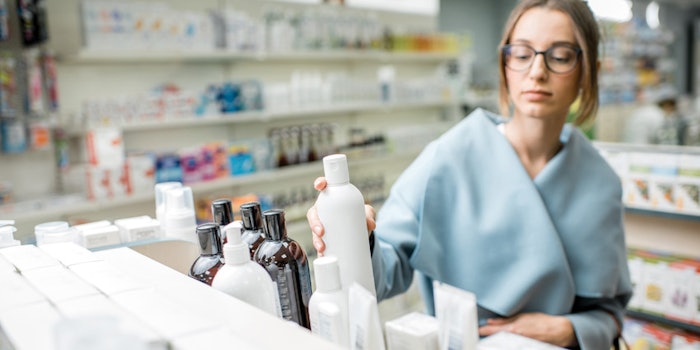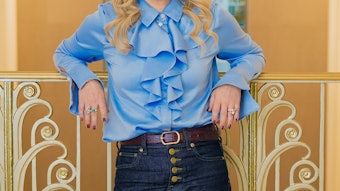
In Part 1 of our two-part series (see the sidebar in our September 2019 Digital Magazine), we took a look at female consumer attitudes, habits, drivers and influencers for everything green. Now, in Part 2, we will dive even deeper into all things recycling, including recycling habits at home.
The data presented will show the impact recycling has on beauty and personal care purchasing decisions, including refillable/reusable packaging. We’ll also take a deeper look at ingredients and whether sustainability and “clean” ingredients truly matter to consumers.
Recycling Tops Recyclable Packaging
When it comes to recycling at home, 75% of all consumers say they recycle at home when possible, with baby boomers leading the way at 83%. However, in terms of purposely purchasing beauty and personal care products with recyclable or reusable packaging (see T-1 in Digital Magazine), only 51% purposely seek out recyclable packaging, with 49% saying they don’t make recyclability a priority.
When viewed by age, a slightly stronger trend toward recycling emerges with younger generations (Gen Z and millennials), which are more attuned to the need for recycled packaging.
How Women Recycle at Home
The packaging components the surveyed women feel is most recyclable includes small screw caps/unattached caps (35%), pumps or droppers (34%), and tubes (33%). The data shows that 43% always rinse out their old beauty or personal care packaging before putting it into the recycling bin. However, 39% say they just toss old packaging in the bin without removing labels or stickers before recycling.
How to Get Shoppers to Use In-store Recycling
Perhaps because recycling at home is a common practice and something most consumers have been doing for decades, engagement with this form of recycling is much higher than with newer, alternative offerings, such as in-store recycling.
Although many brands and stores are starting to offer the in-store option, most consumers (64%) are unaware of in-store recycling, and when in-store recycling is offered, only 12% always return empty beauty and personal care packaging back to the store for recycling.
Although engagement isn’t yet thriving, this doesn’t mean consumers aren’t interested in in-store recycling. They just want an inducement to recycle, such as free samples/goodies for recycling (83%), free shipping bag/box to send empty products back to the store (81%), discounts on future purchases for recycling (78%), and offering a loyalty/rewards program for recycling (77%).
Recycling is Not a Deal-breaker
Even though consumers do recycle, recycling is not yet a big enough driver to completely change shopper behavior. If a woman’s favorite beauty or personal care brand stopped using recycled packaging or materials, most would not absolutely stop using or buying the brand (see T-2 in Digital Magazine).
How to Boost Refillable Format Usage
About half (52%) of all respondents are aware of alternative/green packaging options that are more sustainable than traditional packaging. About one-quarter use beauty and personal care items that are refillable (see T-3 in Digital Magazine).
For consumers who aren’t yet using refillable beauty and personal care products, here are a few ways to entice them to get on board: offer free samples/goodies (74%), offer discounts on future purchase (72%), offer a discount on product that is being refilled (71%), offer a loyalty/rewards program for refilling (70%), offer a free mail-in program for refills (60%) and sell bulk size of product so that consumers can refill easily at-home (52%).
Want to read the full article? Check out the September 2019 digital edition of Global Cosmetic Industry magazine.











